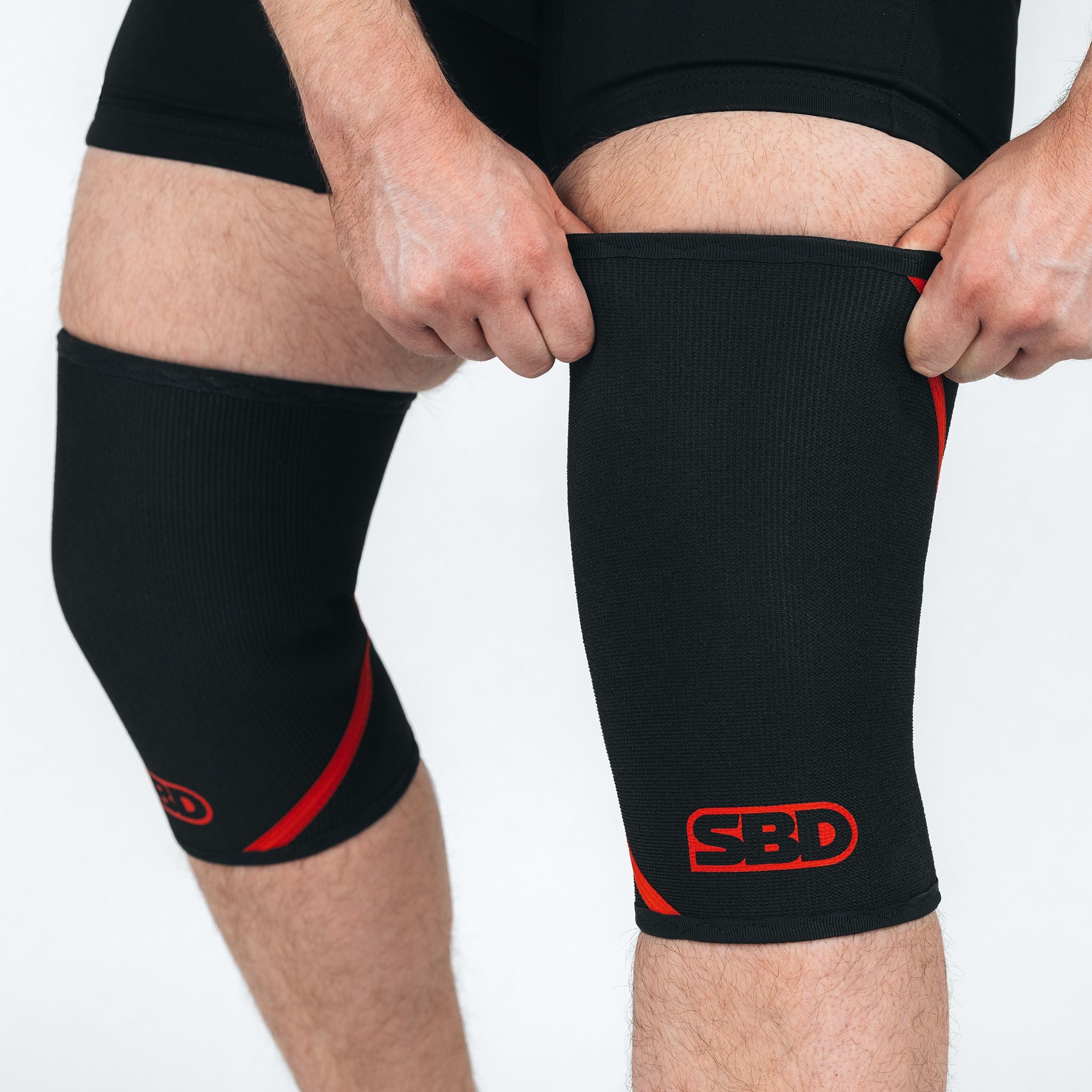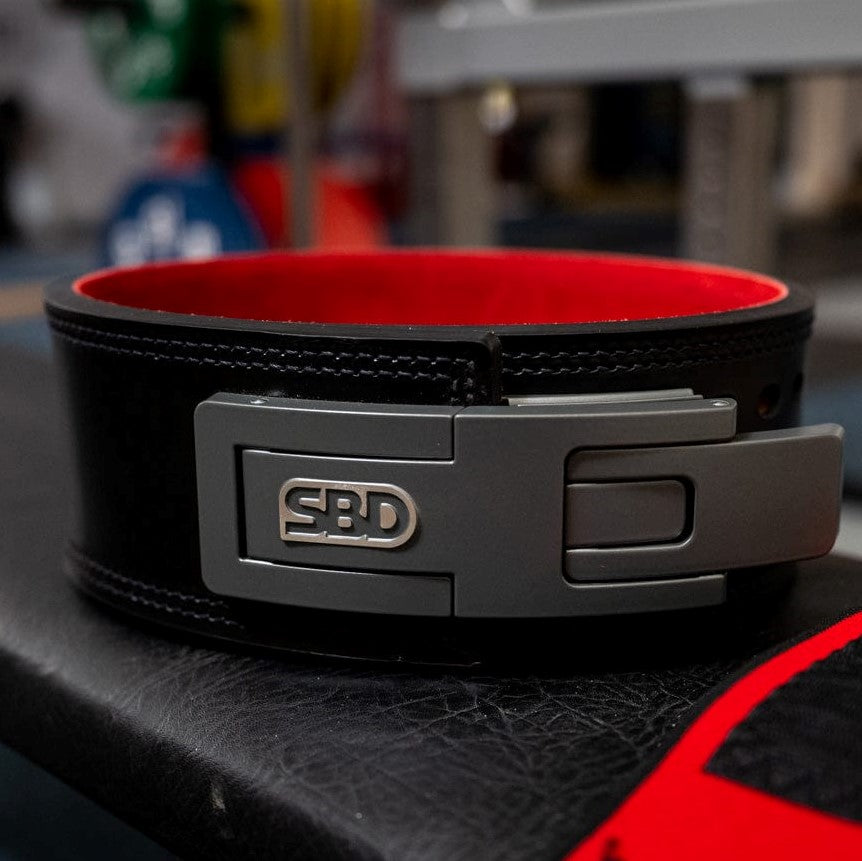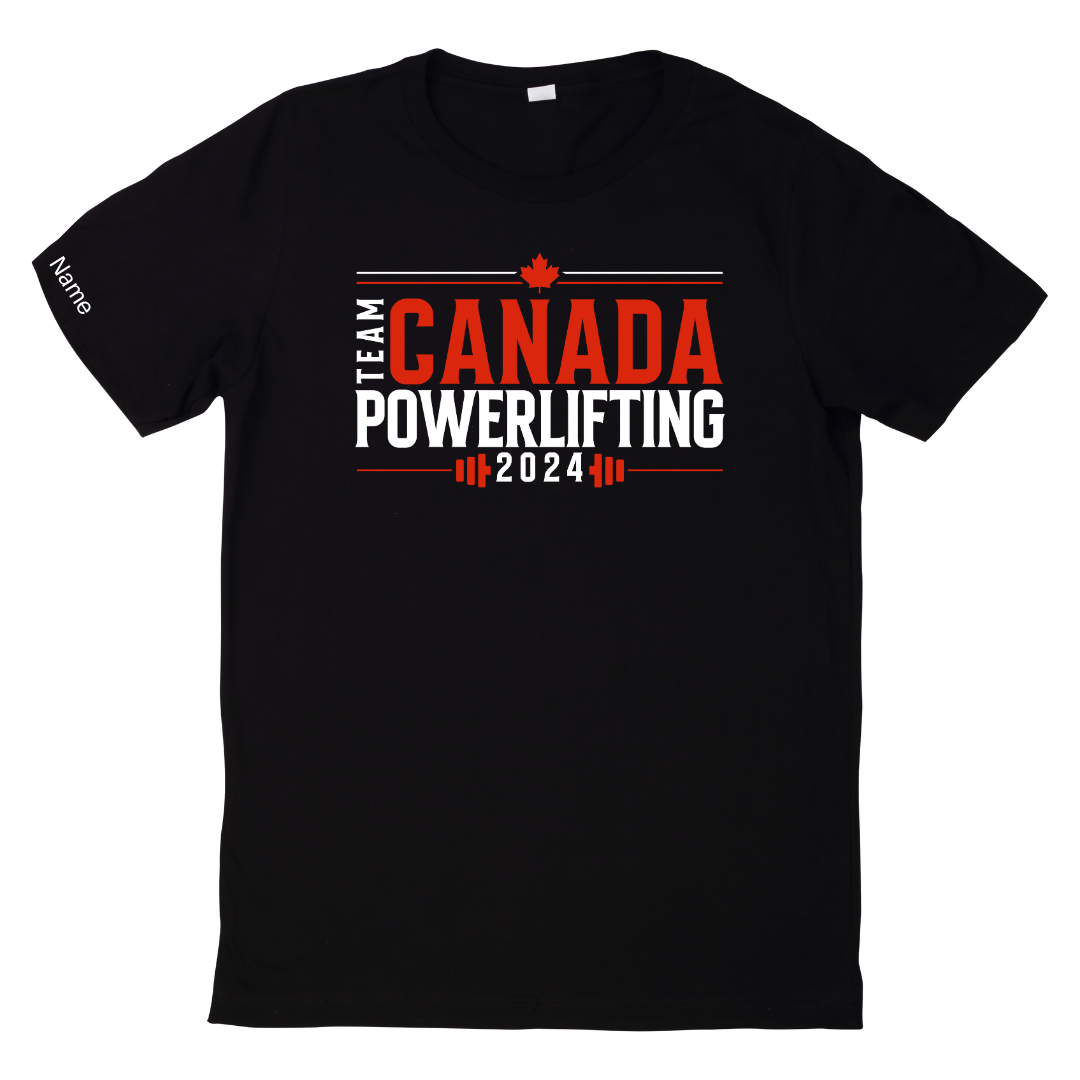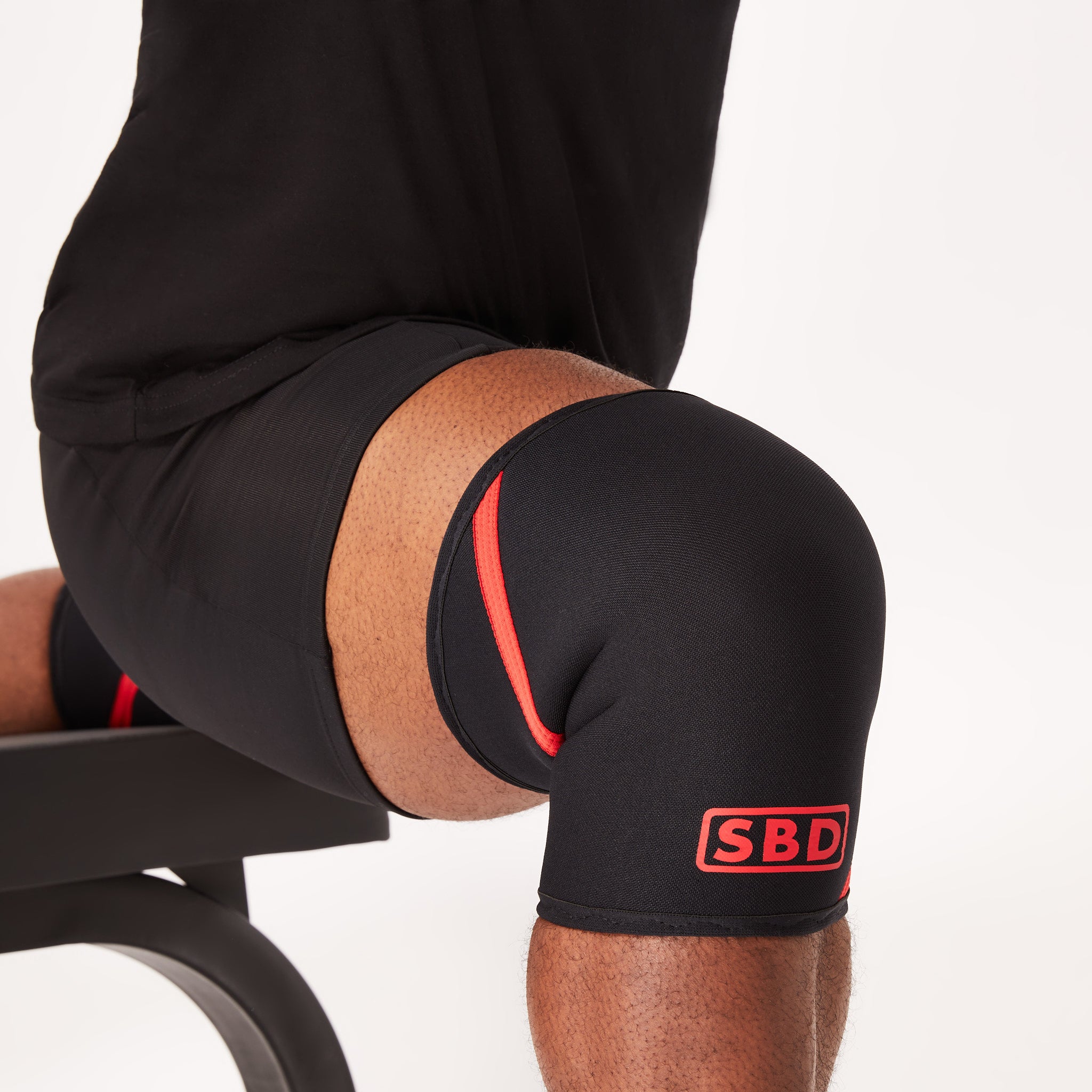Okay. I’m ready. What do you have to teach me today?
by Vicky Taylor-Hood
The past year of training has been a bit of a roller coaster mentally, emotionally, and physically. Every year I write myself some goals as a sort of a fresh look at a new year. I make some that are a real stretch, some that are perfectly challenging but reasonable if all things are on track 80% of the time, and some that are my baselines, things that I should be able to do simply by chugging along consistently with decent effort day-in and day-out. I’ve gotten used to hitting all the baselines, most of the moderate ones, and a couple of the real stretches.
In the past year while I have absolutely hit at least one goal from each category, there were certain baseline goals that I didn’t manage to attain and that set me back hard on my heels mentally. In fact, I’ve actually slipped below the baseline goal of the previous
year recently in one lift (due to an injury). What do you do when you don’t make the progress you expected after putting in months of sweat, blood and hard work, when the work doesn’t pay off as expected? Do you adjust the goals? Adjust your expectations of yourself? Change up your training? Figure out what other factors are falling through the cracks? Train harder? Train differently? All of the above? How?
My knee-jerk reaction has often been to work harder or more within sessions or to increase the number of days per week that I’m training and I’m learning that this is not always possible nor actually always helpful to me. Putting more pressure on myself to train suddenly and exponentially longer, oftener, heavier, harder, or any of the other
words that imply “more,” has not served me well as a steady diet. I burn out fast and furious and the crashes are tough on me and those around me. And it stops being fun awfully quickly. When it stops being fun, it gets harder to give anything meaningful to training. When you can’t give meaningful work to training, you don't do as well. You can
see how this spirals down pretty quickly, eh?
Doubt is a hard taskmaster and it’s tough to shake off watching something into which you’ve invested a massive amount not budge an inch or slip backwards steadily. You question all sorts of things. I don’t need to spell them out here; if it’s related to training and possible to question, I can pretty much assure you that I’ve questioned it and have had other people question it at me with good intentions in an effort to be helpful. It’s
really easy to find Doubt and there are many voices willing to whisper it in your ear from
all angles, not the least of which is your own.
There’s a line from the 1990s movie “Pretty Woman” that comes up when the main character is talking about how she slipped downward into not believing in her potential.
The guy says she’s bright and special and Vivian says, “The bad stuff is easier to believe. You ever notice that?”
The bad stuff is easier to believe. It’s not worth more than the good stuff, it’s just more visible. This has been my mantra for the past while whenever Doubt sits on my
shoulder. It is far easier to see the things that aren’t working so we have to look harder
to make sure we see the things that are and give them their due.
It’s easier to see that I thus far I have squatted about 12-15kg more in the gym than on the platform than it is to see that I chose platform attempts to secure national records as
well as national and world championship titles without the additional risks of a PR.
It’s easier to see that my dead has stalled in the 180s for over a year than it is to remember that it actually jumped up 4.5kg last meet (still within the 180s, but progress
is progress) and looked like there was more to spare. And technique is so much better!
It’s easier to see that my bench feels like it’s slipping backward than it is to see that I’m doing it at a lower body weight than previously and also without shoulder pain.
It’s easier to see that I’m still grinding away with certain lifts at lower numbers than to see how much better I’m moving while I do them. Quality is ephemeral and hard to pin down sometimes.
It’s also easier to look at the apparent phenomenal progress of other people than it is to critically pick out the improving bits and pieces of your own; we often view other
people’s achievements through a magnifying glass, but examine our own through a reducing lens. Attributing more importance and giving more of your time and attention to Instagram than Instagram deserves is a slippery slope.
This makes it far, far easier to wallow in shallow feelings of discouragement than to empirically stack up the qualitative progress into the mountains of success that they
truly are.
Valleys are easier to fall into than peaks are to climb.
Hear the word I keep using over and over? “Easy.”
What is easy or obvious is not always what is most right, best, most useful, or most accurate.
So here’s where I admit that few things slipped and I made this harder on myself than it could have been.
• I stopped keeping precise training logs because I felt like I was spinning the same numbers over and over and because I was training alone so often that workouts
became about getting through a checklist and survival rather than making progress.
I’ve got printouts of the workouts, but I didn’t enter them into an online tracker with my
notes and variations or scribble them up in a notebook; I relied on the plan to be the record of the workout. It’s not. It’s the skeleton. The plan needs the flesh of my
interaction with it to be a whole being. Without my action, it’s a record of a good idea. I make it into a reality and I must record that.
• I stopped tracking the smaller gym PRs consistently because I got upset that the big ones weren’t shifting much.
• I spent too much time on social media and not enough time on meditation and focus.
• I stopped paying consistent attention to how much I was lifting for accessory work and just went on feel, pushing as hard as I could but without writing down what I had done each day, because it overwhelmingly felt like I was really not going forward. This
meant I sometimes pushed too hard and sometimes not hard enough.
• And of course, because I stopped keeping track, all I had to go on were how things
felt; I made my perceptions become a reality by using emotions as the factor by which I assessed training.
That is a bad idea. I’m going to say that again, clearly, so that you remember.
Using how you feel about training as a primary means of judging its effectiveness is a bad idea. (Note: this applies to nutrition as well)
If you do not track things, you are not paying attention to the reality of them. You are living in the land of perception and that perception will sometimes feed you lies just to mess with you because it wants you safely in the valleys, not dangerously climbing peaks.
Your brain is wired to keep you safe.
That’s why Doubt and Fear exist; to protect you from the dangers inherent in brave new adventures.
It’s also why Courage and Rational Thought exist; to allow you to identify risks impartially and move forward.
A couple of months ago I started tracking things more consistently again. And yes, I’m still spinning a lot of the same numbers in different combinations, but now when I have a shitty lift I can look at the whole picture and say, “Yeah, squats fell spectacularly apart atone point yesterday, BUT I can still squat more on a totally crappy day high bar NOW and with vastly superior form than I could on a good day six months ago.”
Recently, I started keeping a more organized video library of lifts (tagging with lift, date and number) so that I can also pull out vids from the past and match them up against current training more readily and see the difference in quality of movement. And I have stopped paying attention to social media unless I feel mentally focused enough not to draw any comparisons between myself and others.
I have also resumed using mental tricks of all sorts, tracking different PRs (beltless, variants, etc.) and try working harder when I feel it’s there, playing with rest periods, rest days, training splits, nutrition timing, and all sorts of other tactics. And I’m tracking (god help me) accessory PRs, because some days that’s all I get (and a 200b weighted plank is every woman’s goal, right?) and I have to believe that those will add up to something in time. (If you believe otherwise, please don’t tell me!)
In short, I am giving myself the tools to look Doubt squarely in the eye and say, “You can go straight to H*ll. I have empirical proofs (both large and small) that you’re wrong about me.”
And lately every time I walk into the gym to face the bar, be it for my weaker or stronger lifts, on tough days or good, I say to the bar, “Okay. I’m ready. What do you have to teach me today?” and I try to be as open as I can to the answers and roll with them, both the difficult and the wonderful. But I make absolutely certain to write them all down now, so that I can go back and study them later. Because this is how you learn, right?
You open yourself up to both success and failure, take notes, try again, and remember that neither is final or fatal unless you decide they are.
Which is, I guess, the answer to my earlier question, “What do you do when you don’t make the progress you expected after putting in months of sweat, blood and hard work?”
You learn. And you keep going because the answer is almost never that you can’t get somewhere, just that you haven’t figured out how yet or been patient enough. Ultimately you realize that the bar is one of the greatest and most impartial of teachers, if you’re willing to approach lessons with a ready mind.






